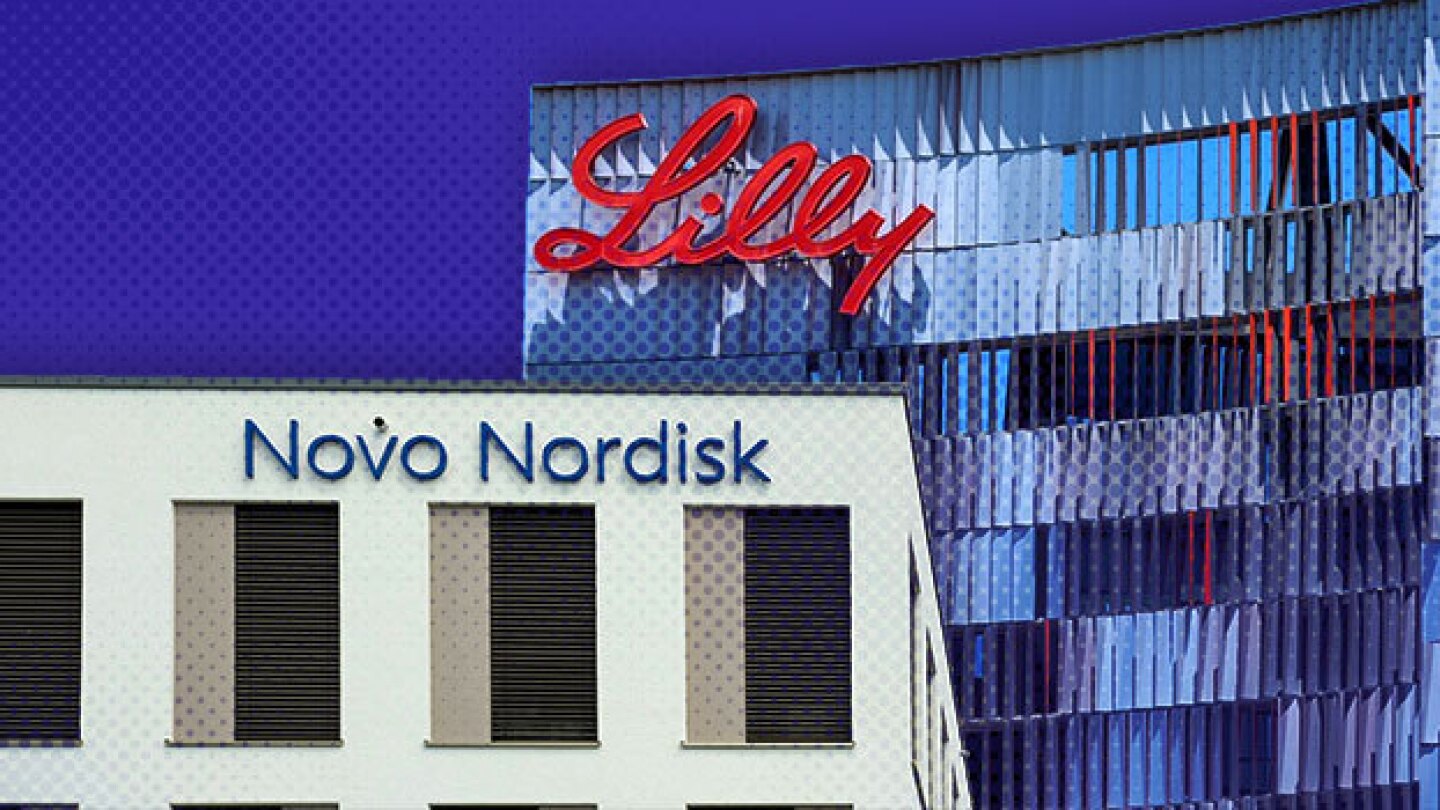ClinicaSpace
Among the 55 novel drugs that crossed the regulatory finish line last year were notable new mechanisms of action, coming particularly in the oncology and neurosciences spaces.
Effectively treating and preventing this common form of dementia will require a cocktail of drugs and a combination of approaches, as well as a drive toward early detection.
Novo Nordisk’s GLP-1s outsell Eli Lilly’s thanks to its superior marketing. Here’s how.
Already established as cornerstone therapies in diabetes and obesity, GLP-1 receptor agonists also show potential in several other indications, including cancer, addiction and neurodegenerative diseases.
Some 90% of investigational drugs fail—and success rates are even more dire in the neuro space. Here, BioSpace looks at five clinical trial flops that stole headlines over the past 12 months.
By speeding lifesaving drugs’ way to market and focusing on the underlying causes of disease, the pathway has helped save many lives.
The darlings of the weight loss and diabetes spaces, GLP-1 receptor agonists have shown promise against Alzheimer’s in recent studies—with Phase III results expected next year from Novo Nordisk.
The program has recently become controversial as a number of high-profile advanced approvals were granted only for the drugs to fail a confirmatory trial later on. Now, the FDA has clearly laid out expectations.
Despite hotly debated biomarkers and failed or delayed confirmatory trials, the accelerated approval program has a track record of propelling R&D for some of medicine’s most challenging illnesses.
Projected to be worth over $38 billion in the global healthcare market by 2032, AI simulations have the potential to streamline clinical trials and help address inequities in underserved patient populations.










